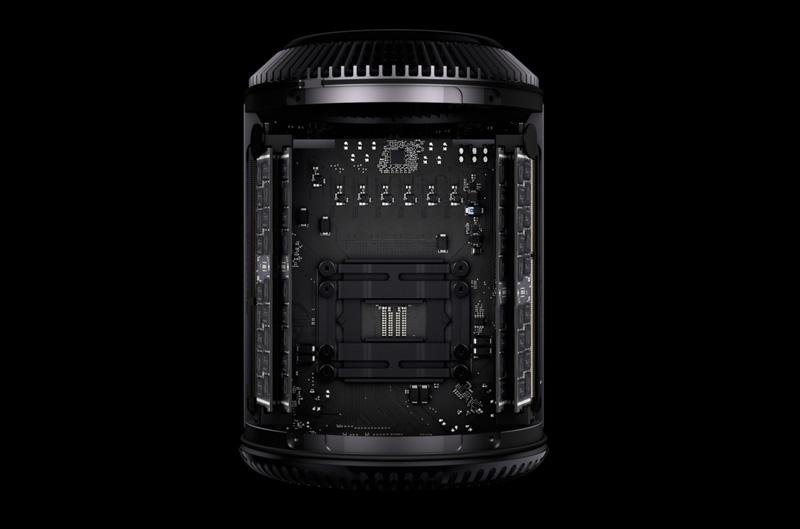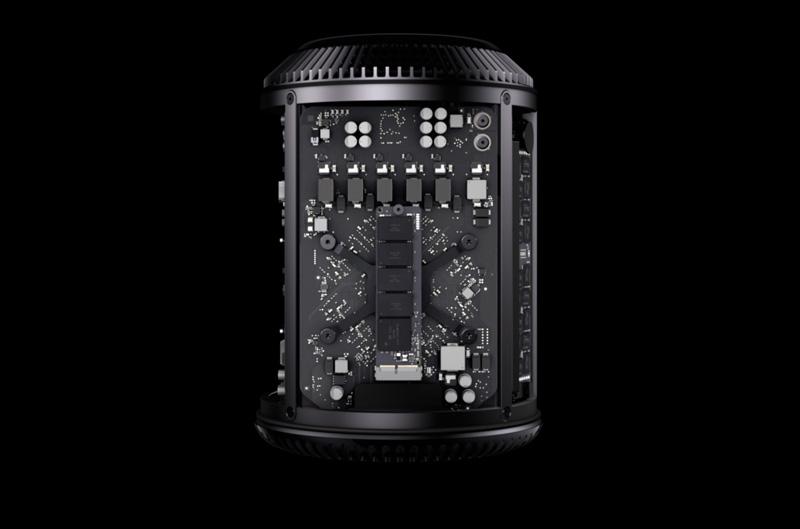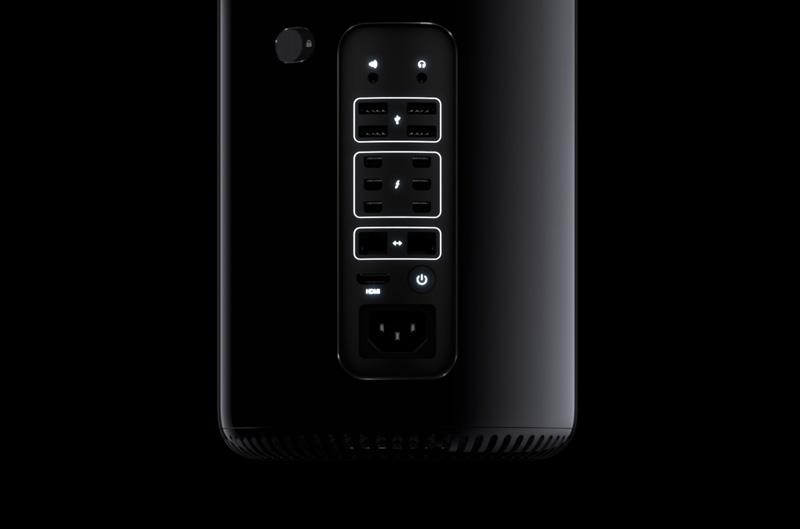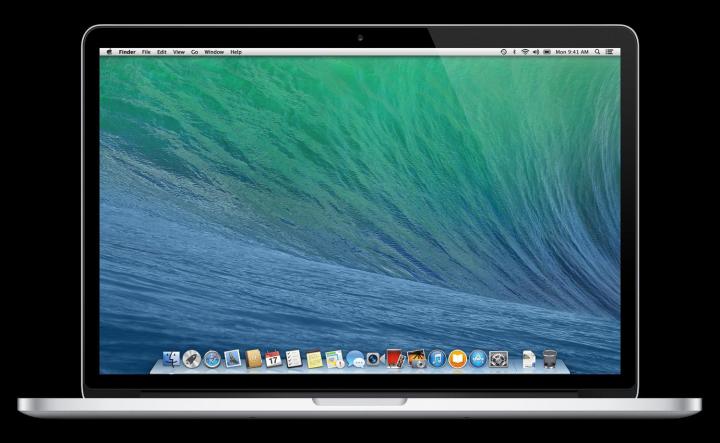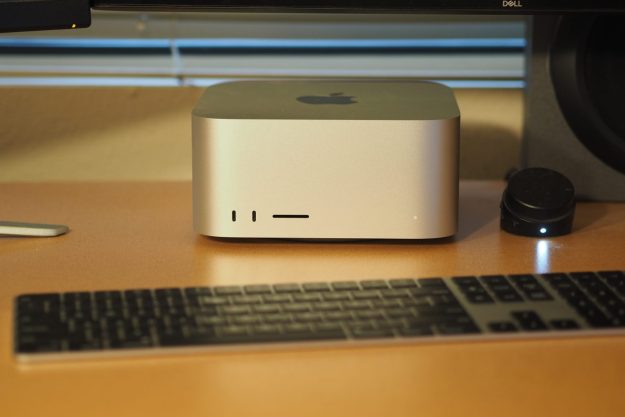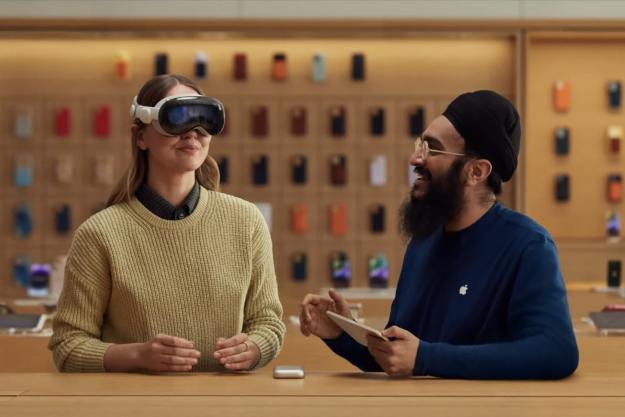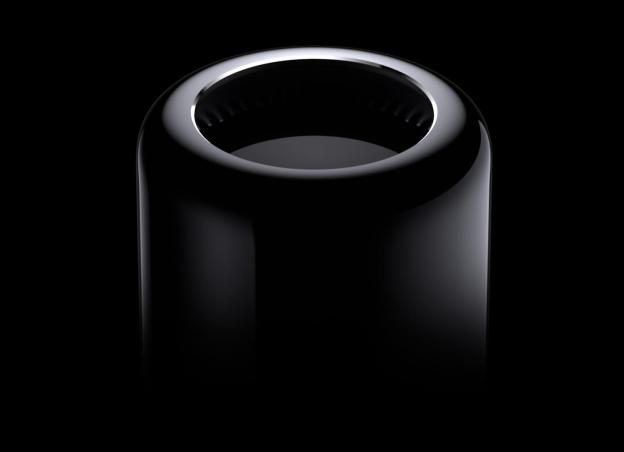
The rumors going into WWDC focused heavily on the MacBook line of laptops. Speculation about a Retina MacBook Air ran rampant, while others guessed the MacBook Pro would receive a redesign, or that the Air’s storage would become more affordable.
Most guesses proved wrong, but the greatest surprise was how quickly Apple glossed over all of its laptops while forgetting to even mention the MacBook Pro. Instead, the first half of the WWDC 2013 keynote focused on OS X Mavericks for power users and a completely re-designed Mac Pro. All signs point towards a strong future for the desktop productivity device at Apple – but does that mean Apple’s pushing its laptops aside?
The Mac Pro: A console for creative professionals
Two new game consoles are entering the market this year, and both are expected to sell like hot cakes. These consoles thrive because of a fundamental truth: the people who play games are rarely experts in the hardware that makes gaming possible.
Apple seems to have realized a similar truth with the new Mac Pro. After years in the market, Cupertino’s engineers have come to understand that the creative professionals who most rely on the Mac – film and photo editors, graphic designers, illustrators, etc. – aren’t so different from everyone else. They want to sit down and work in the same way a gamer can sit down and play.
And so we have a new Mac Pro. In terms of specifications, it’s a screamer, boasting Intel Xeon processors, AMD Radeon FirePro dual graphics, and a solid-state hard drive three times quicker than the SATA SSDs found in most Windows PCs. Yet Apple crammed all of this hardware into a new cylindrical case with a built-in handle that’s just an eighth of the volume of the previous Mac Pro. Photos taken of the new design after the keynote show a computer the size of a small space heater designed for maximum ease of use. Even the I/O ports have LED indicators, making them easy to find underneath a desk or in a dark room.
Making the Pro smaller and more integrated is a subtle but important twist on the Pro’s purpose. The new model is no longer a traditional PC; instead, it’s a simple, powerful tool. If the Mac Pro becomes a success, it will prove that computers built for extreme tasks don’t have to be huge, elaborate monoliths.
OS X Mavericks is anything but a loose cannon
The name of the latest version of OS X, “Mavericks,” may seem to indicate that it’s a radical and extreme turn from the operating system’s traditional values. Die-hard Mac fans have worried that iOS-ification of OS X would result in a dumbed-down version of the operating system. Fortunately, Mavericks is actually an old-school update that prioritizes function and performance over everything else.
Apple, despite its reputation for innovation, is often among the industry’s most conservative companies.
While Apple demoed features that make the Mac more productive, it didn’t show or hint at a new interface technology. No gesture control, no touchscreen, not even Siri for OS X. This last omission is starting to seem like a flaw, but there’s logic to it. Voice commands tend to work best when they can operate in a limited context. There are many functions Siri for iOS does not need to worry about because the feature set of an iOS device is limited. Expanding Siri to the Mac would be easy, but making Siri for Mac reliable? That’s another matter.
Mavericks’s old-school focus is an example of how Apple, despite its reputation for innovation, is often among the computing industry’s most conservative companies. Rather than releasing an innovative feature that does not work well, Apple prefers to refine its design and experience into a product that’s as close to perfect as possible – even if the process takes years. This often puts Apple behind the curve, but is also key to its success. The iPod, iPhone, and iPad were not the first products of their kind; they simply made us forget about everything that’d come before. Any radical new change input for the Mac, whatever it might be, will follow this trend.
Has Apple forgotten the MacBook?
The lack of time spent on the MacBook line, combined with Mavericks’s focus on productivity, may cause some fans to wonder if Tim Cook decided the iPad can take the MacBook’s place?
We don’t think so. Mac laptops continue to strongly outsell Mac desktops, and revenue from the MacBook line has been over twice that of Apple’s desktops during the last few quarters. The iPad may have stolen the spotlight, but MacBooks still funnel a lot of money into Cupertino’s coffers.
Instead, the lack of announcement may mean that Apple’s engineers are up to something. Two other points support this possibility: the age of OS X, and Intel’s new processor architecture, Haswell.

OS X Mavericks is version 10.9. Unless Apple changes the version number trend it has relied on for over a decade, this means the next version of OS X will actually be OS XI, and leaping to an entirely new version often translates to a massive software update. A theoretical OS XI, backed by Intel’s power-sipping Haswell processors could enable a convertible Mac computer that wasn’t possible with previously available technology.
Alternatively, Apple may simply think its laptops are strong enough to continue without redesign. Tim Cook boasted during the keynote that Mac sales growth has averaged 15 percent per year over the last five years, compared to just 3 percent for the PC, so the company has reason to be confident in its current product line.
The Mac is here to stay
Apple’s keynote makes it clear that the company has no intention of abandoning power users despite the popularity (and profitability) of iOS devices. The Mac has a future, though the details of it remain uncertain.
However the Mac transforms over the coming years, what’s certain is that Apple won’t make a move until it feels the product is right. The new Mac Pro was a surprise because Apple had neglected the line, leading many to think the company had given up on powerful PCs. Instead, Cupertino’s engineers were waiting for technology to catch up to their desires. The similar lull in the MacBook’s design cadence could indicate another surprise is in the works.
Editors' Recommendations
- The biggest threat to the MacBook this year might come from Apple itself
- Which color MacBook should you buy? Here’s how to pick
- Apple quietly backtracks on the MacBook Air’s biggest issue
- Why one of my favorite laptops still struggles against the MacBook Pro
- The MacBook Pro is a good enough gaming laptop for me

